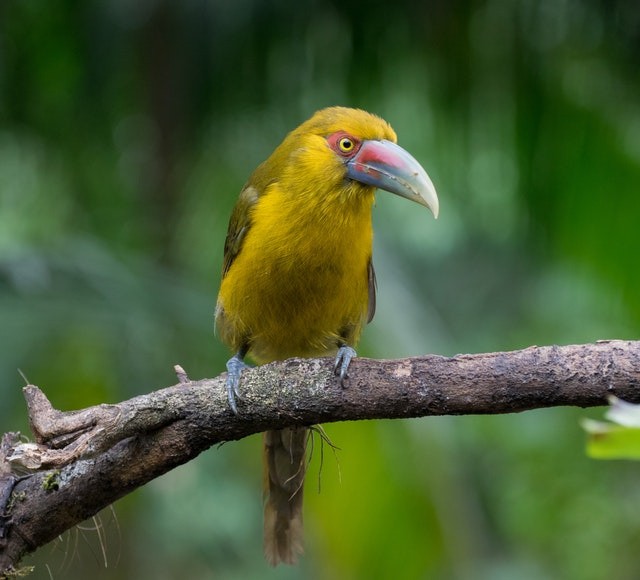Some areas will get wetter as change in climate takes hold across the Americas while others will get drier and hotter. Recent research of the yellow warbler, a broad migrating songbird, indicates that individuals carry the exact climatic preferences across their migratory capacity.
University of California's assistant professor Rachael Bay in the Department of Evolution and Ecology, College of Biological Sciences explained that the remarkable thing about the birds is that even though they have traveled thousands of miles, they still track similar climates. It appears that each bird may be adjusted to a specific climate tenure.

Characteristics the Birds Exhibited
Throughout North America, the yellow warblers are known also as the Setophaga petechia breed and fly to South and Central America to spend the winter. Earlier research by Rachael and colleagues discovered links across North America between precipitation and genetic variation, implying that some people may have adjusted to dry conditions while others flourish in wet conditions.
In the recent examination, the researchers were competent to use genetics to anticipate where birds caught on their wintering ground in Central and South America would wind up the breeding and compare climate patterns in their summer and winter regions.
Characteristic birds exhibited preferences for wetter or drier regions, but not for cooler and warmer regions. That's to say, birds that bred in moderately dry portions of North America, laces such as Central Valley of California, overwintered in dry portions of Central or South America.
Rachael explained that this is the early presentation making use of genetic tracking to relate climate across the migratory cycle inside a bird species.
The Effects of Change in Climate
This span of climatic tendencies could have effects on how the birds react to climate change. Rachael and her colleagues assume that the variety found may deliver fresh material for the species to adjust to changing climate conditions.
For instance, communities might displace those adjusted to wetter. Rachael and her colleagues have already discovered that the community sizes of the yellow warblers across the years changed with precipitation.
Rachael compiled data for analysis during her postdoctoral research in association with banding stations and compiling sites in South and North America. Rachael is now anxious with her colleagues to see if individuals of other bird species also trace climate during migration.

How Their Species Grow in the Face of Change.
In the presence of environmental transformation, bird species can grow different physiological understandings to adapt new climatic conditions or migrate only to maintain an existing physiological link with a specific climate. When regional climate change happens over a short and large period, some species are required to migrate by tracing their climate niches through a period.
Research is been made to track bird species of Sierra Nevada's mountain in California, concentrating on 53 recently researched species almost a hundred years apart at 82 areas on four elevational transects. Swifts in bird and climate distributions ensued over time focal in species switching their mean climatological range. By applying the directions of these changes we can track their climatic niche.
RELATED ARTICLES: Bird Buildup Along Great Lakes During Migration Season
For more news, update about birds and similar topics don't forget to follow Nature World News!
© 2025 NatureWorldNews.com All rights reserved. Do not reproduce without permission.

